wikiHow is a “wiki,” similar to Wikipedia, which means that many of our articles are co-written by multiple authors. To create this article, 17 people, some anonymous, worked to edit and improve it over time.
This article has been viewed 231,308 times.
Learn more...
Body frame size, which accounts for bone mass and muscle mass, plays an important part in determining theoretical weight ranges. These ranges in turn act as guides for people to determine the weight they should be, depending on their frame size. There are three frame size categories: small, medium, and large. Each range varies, depending on your gender. You can determine which category you are by measuring the circumference on your wrist or the breadth of your elbow. Step 1 below begins to detail each method.
Steps
Wrist Circumference
Elbow Breadth
-
1Bend your arm at a 90 degree angle. Be sure that your forearm is perpendicular to the ground. It doesn't really matter which arm you use, but you may find that the table below works best if you use your dominant side.[3]
-
2Finished.
Community Q&A
-
QuestionHow do I get people to stop judging my size as a woman?
 Community AnswerYou can't force people to stop judging your size, however you can ignore it and not let it get to you. Some people just don't understand that everyone is beautiful.
Community AnswerYou can't force people to stop judging your size, however you can ignore it and not let it get to you. Some people just don't understand that everyone is beautiful.
References
About This Article
There are 3 frame sizes, small, medium, and large, and they usually depend on a few things including your gender and your body measurements. To measure your frame size with your wrist, wrap a tape measure snugly around your wrist and write down the measurement. If you’d rather measure your elbow to figure out your frame size, bend your arm at a 90-degree angle so your forearm is perpendicular to the ground. Then, use a ruler to measure the width of your elbow. Once you’ve taken your measurement, look at the chart below to figure out your frame size. To learn how to use an online frame size calculator, read on!
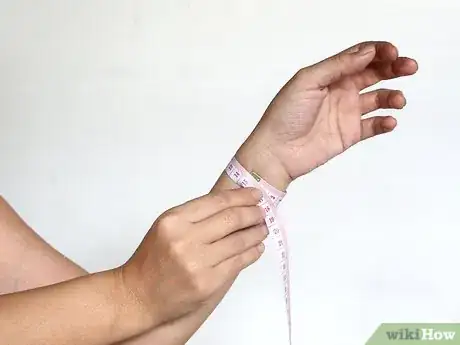

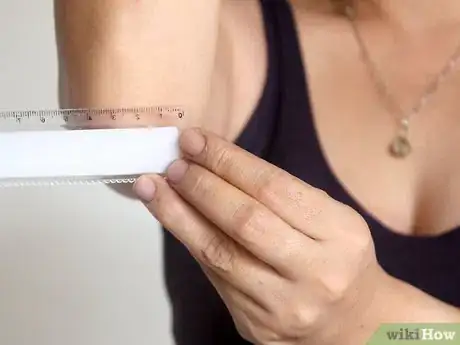
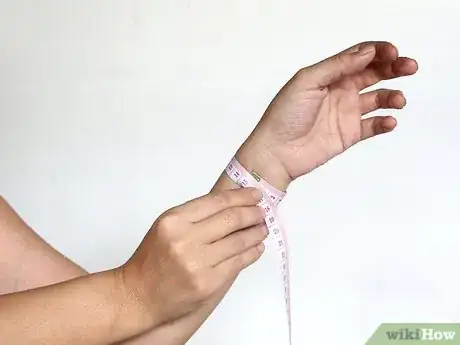

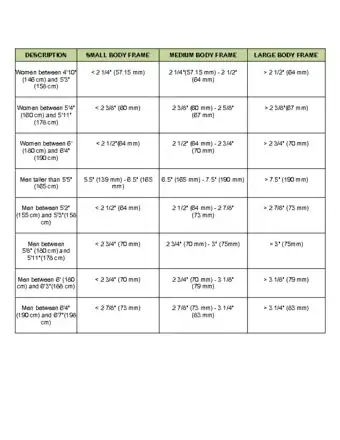
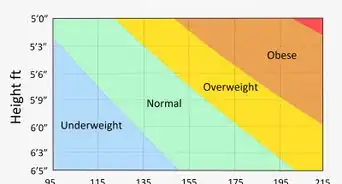
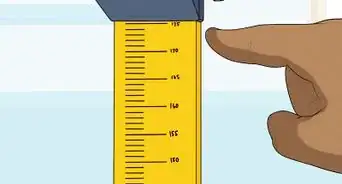


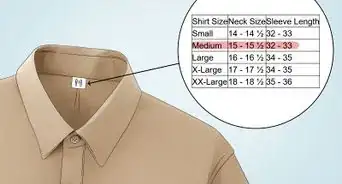














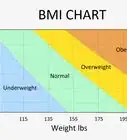






































Medical Disclaimer
The content of this article is not intended to be a substitute for professional medical advice, examination, diagnosis, or treatment. You should always contact your doctor or other qualified healthcare professional before starting, changing, or stopping any kind of health treatment.
Read More...